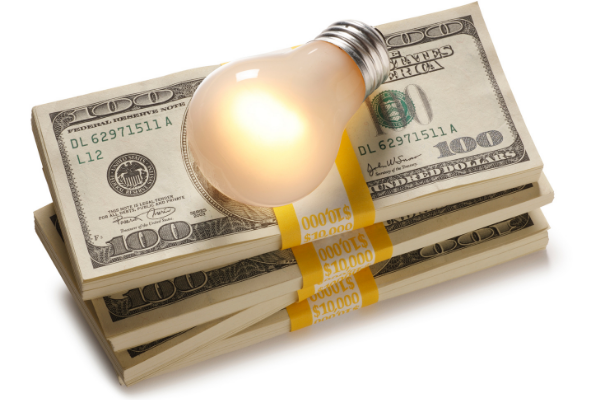The Top Ways To Add Storage To A Home
 There are many homeowners who are looking for help with storage. Even after moving in, many homeowners still have a lot of items they need to get rid of and this is where built-in storage solutions can be helpful. Even though some storage options might be pricey, there are inexpensive options available as well. Take a look at a few solutions below, and improve the storage situation.
There are many homeowners who are looking for help with storage. Even after moving in, many homeowners still have a lot of items they need to get rid of and this is where built-in storage solutions can be helpful. Even though some storage options might be pricey, there are inexpensive options available as well. Take a look at a few solutions below, and improve the storage situation.
Use Space Under the Stairs
One option that many homeowners overlook is the space under the stairs. If there is a second story, there may be an area under the staircase that looks like a storage space. There should be plenty of opportunities to add a bookcase, a shelf, or even a cabinet. Even a few drawers can make a significant difference.
Consider Going Under the Bed
Another option is to use storage space under the bed. If the bed is on a frame, there should be room to add a box or two. This could be a great way to create more storage space in the bedroom without adding another piece of furniture. There might even be opportunities to put the bed on risers, creating even more room underneath the bed.
Use Tilting Drawers
Homeowners may want to get creative by adding tilting drawers. If there is an awkward location in the kitchen, a hinge solution might be the answer. What this means is that it is possible to pull the door out of the drawer and create additional storage inside the area. This is a great way to hide a garbage can or a recycling bin. Most contractors can add this type of storage relatively quickly. This could also be a great solution in the bathroom.
Take Advantage of Sliding Storage
Homeowners also need to take advantage of sliding storage. This is a great way to get more room out of narrow spaces. For example, there might be room in the kitchen to add a sliding shelf that doubles as a spice rack. One possible location is the area between the refrigerator and the wall or counter. There might also be a small spot between the bathtub and the wall, which could act as a great shelf for linens.

 The process of buying a home can be exciting and stressful, with one important task being the home inspection. All real estate professionals will likely recommend a home inspection. This is usually a condition of making an offer on a home. While not all prospective buyers will ask the seller to make repairs based on the inspection report, it is important for buyers to know what they might have to do to repair the home.
The process of buying a home can be exciting and stressful, with one important task being the home inspection. All real estate professionals will likely recommend a home inspection. This is usually a condition of making an offer on a home. While not all prospective buyers will ask the seller to make repairs based on the inspection report, it is important for buyers to know what they might have to do to repair the home. There are many homeowners who are looking for ways to reduce their monthly expenses. One way to do that is to target energy bills and expenditures. Homeowners might be able to make a few changes and upgrades to their homes, which could reduce utility bills and improve energy efficiency. What are a few ways to do exactly that?
There are many homeowners who are looking for ways to reduce their monthly expenses. One way to do that is to target energy bills and expenditures. Homeowners might be able to make a few changes and upgrades to their homes, which could reduce utility bills and improve energy efficiency. What are a few ways to do exactly that?